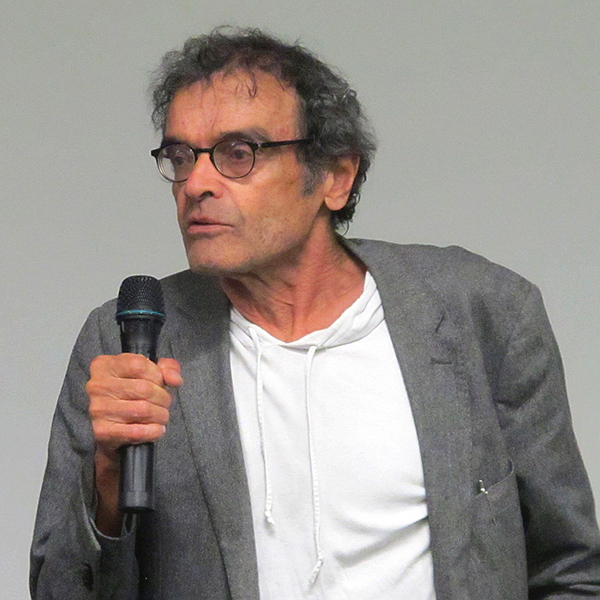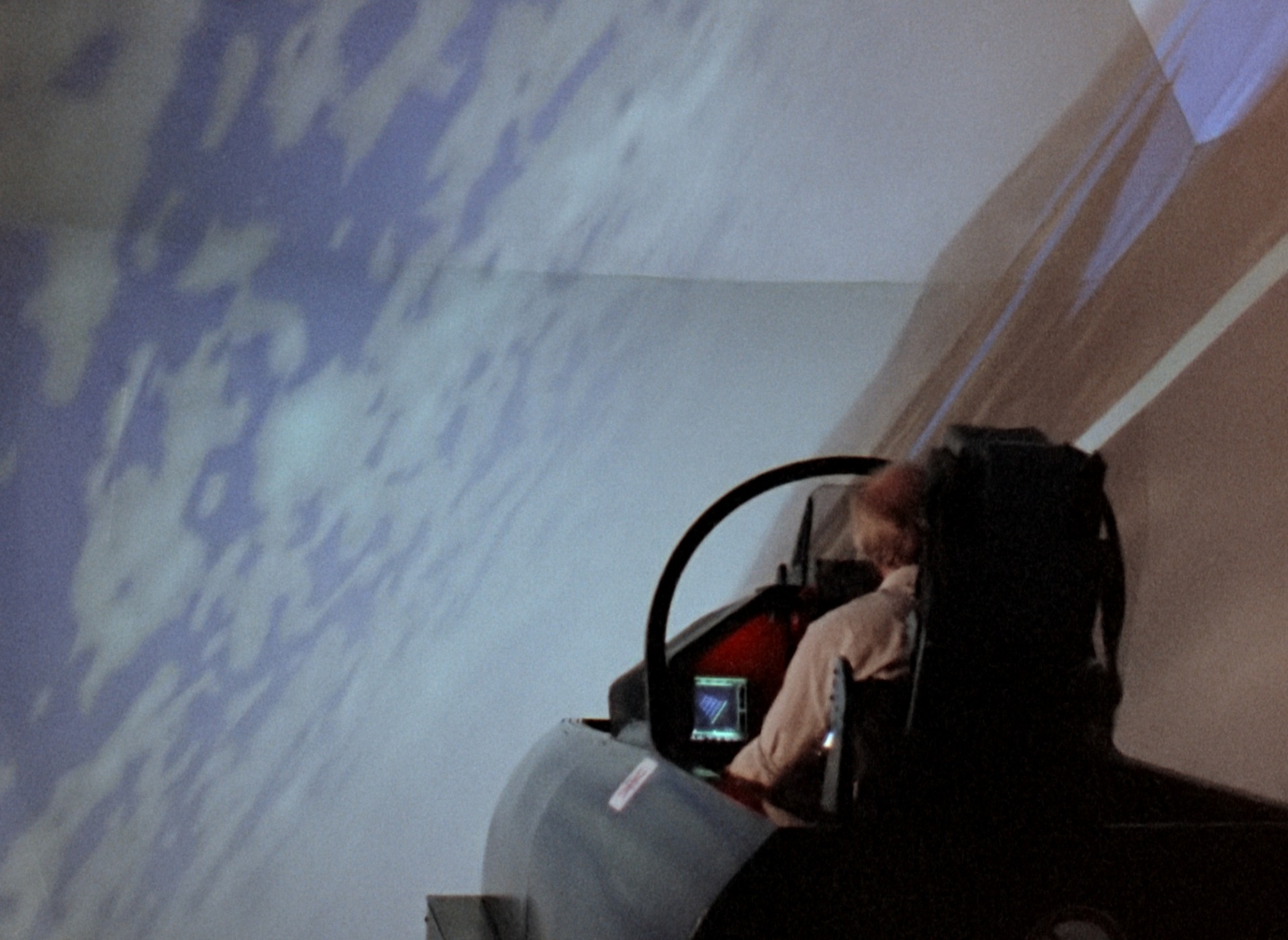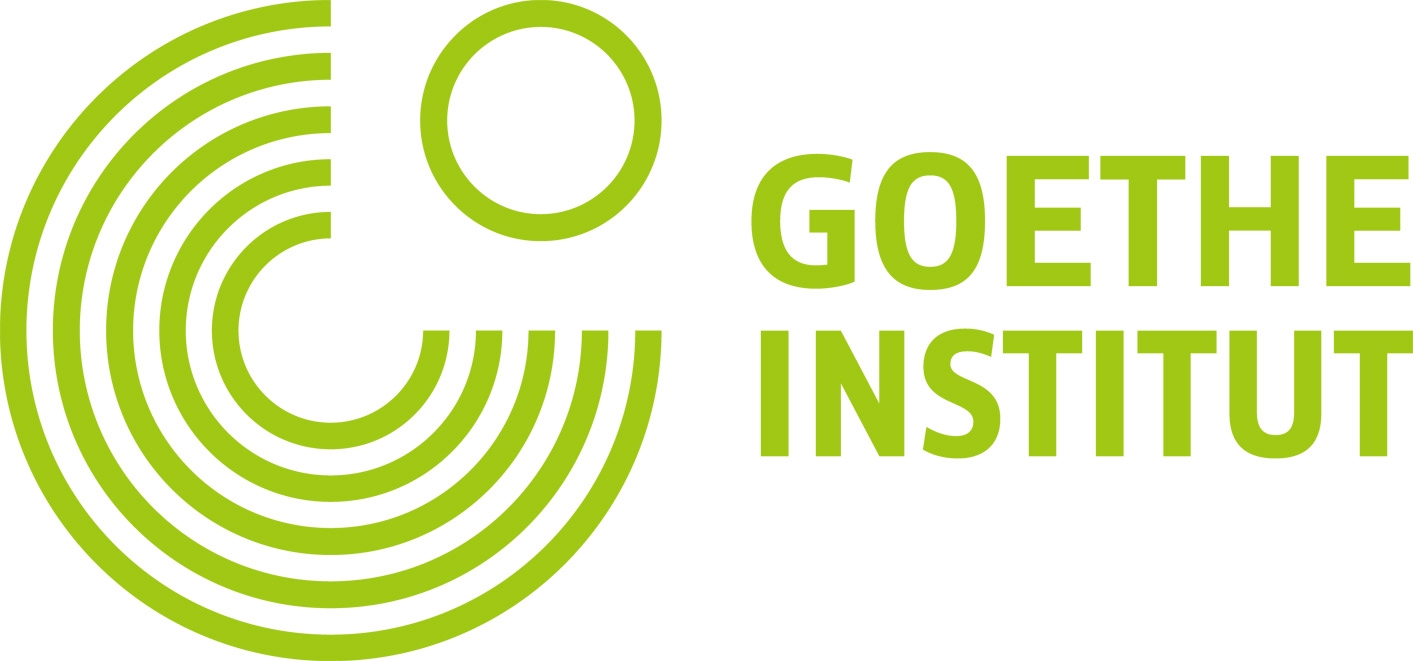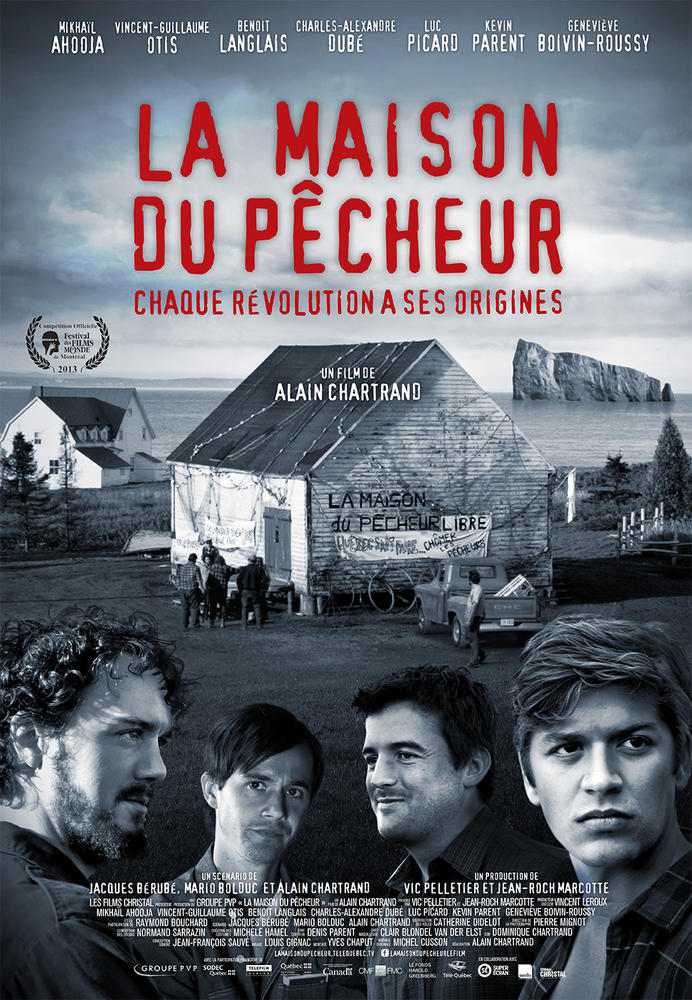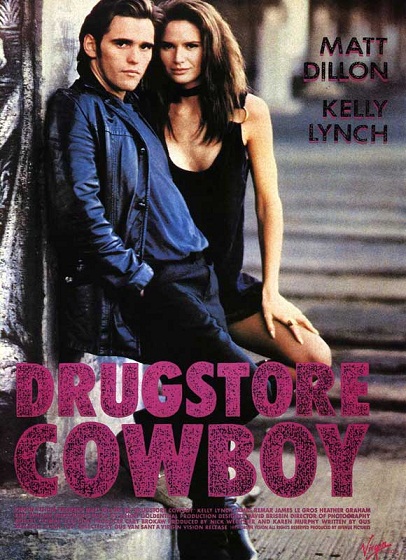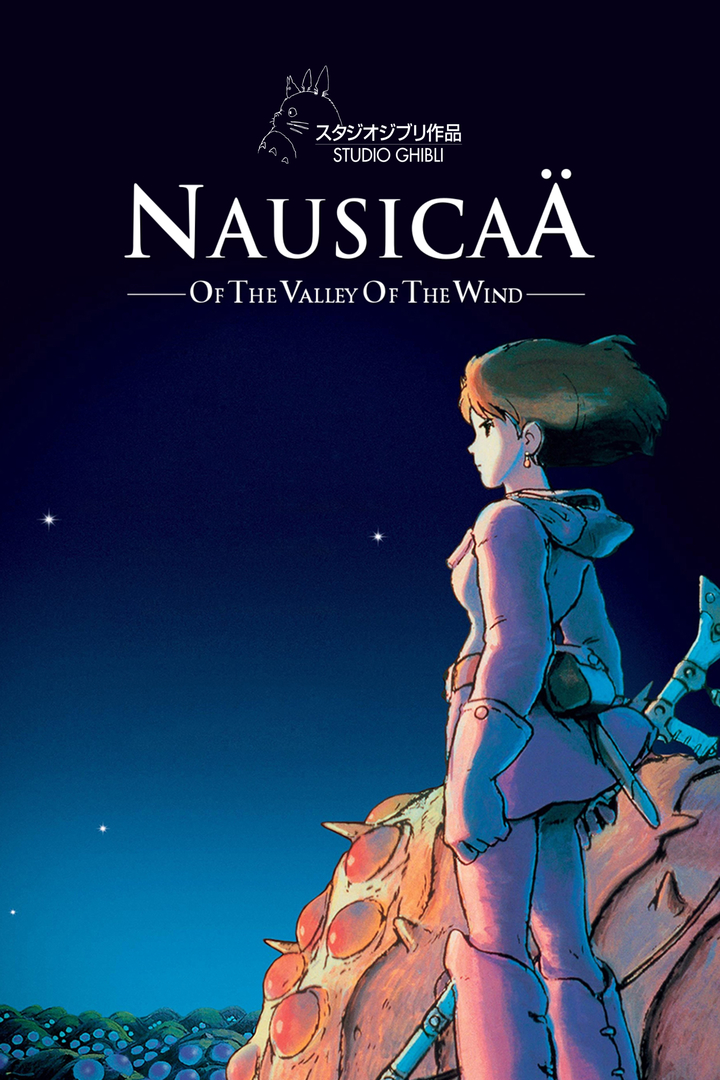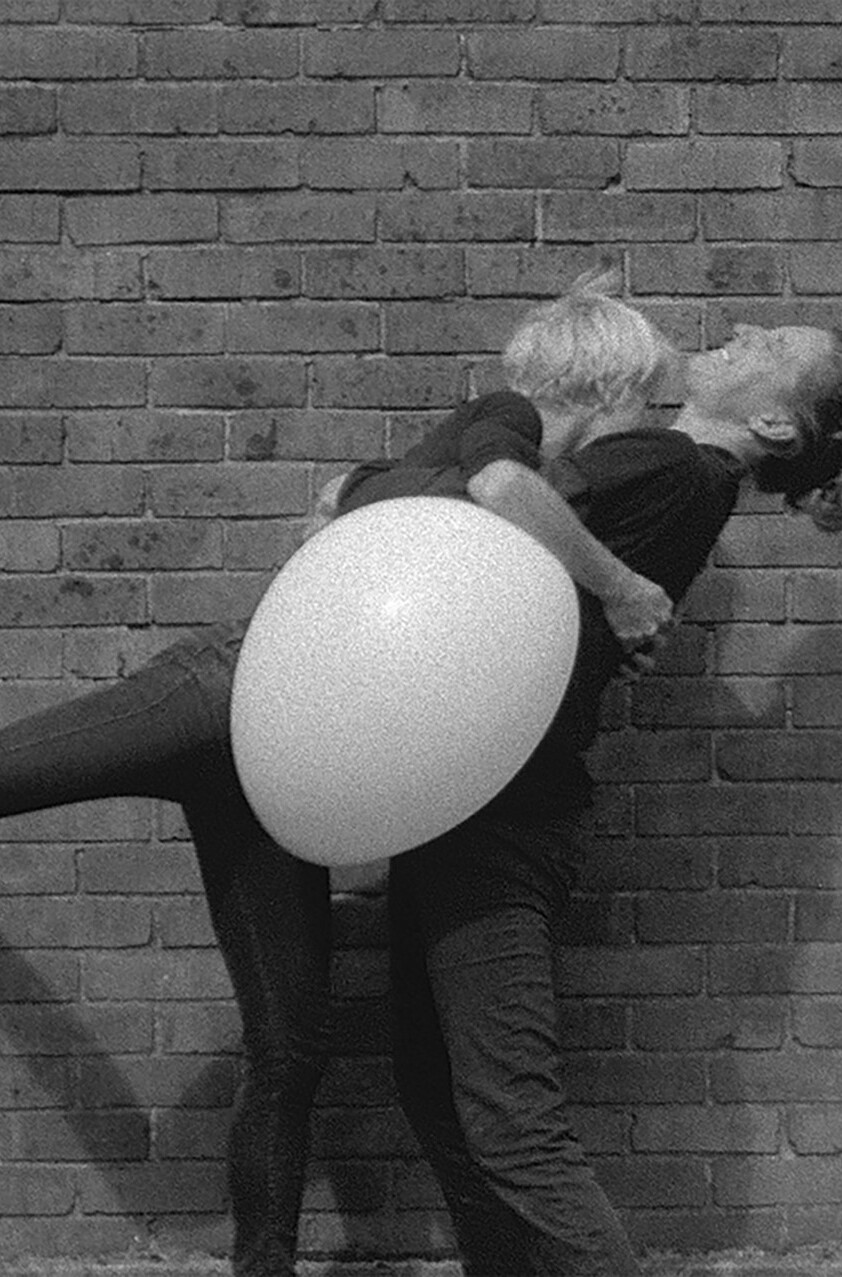Interface + Images of the World and the Inscription of War
Harun Farocki is one of the leading figures of the film-essai movement in recent decades. His ambitious cinema takes viewers on an in-depth journey into the history of moving images and media, offering a sometimes scathing analysis of them. His approach goes beyond cinema, embracing literature and the visual arts. This cycle concludes with the opening lecture of a symposium dedicated to the filmmaker on the tenth anniversary of his death.
Interface developed out of an installation for two screens. Reflecting on Farocki's own documentary work, it examines the question of what it means to work with existing images rather than producing one's own, new images. The title plays on the double meaning of "Schnitt", referring both to Farocki's workplace, the editing table, as well as the "human-machine interface", where a person operates a computer using a keyboard and a mouse. (3sat, 1995)
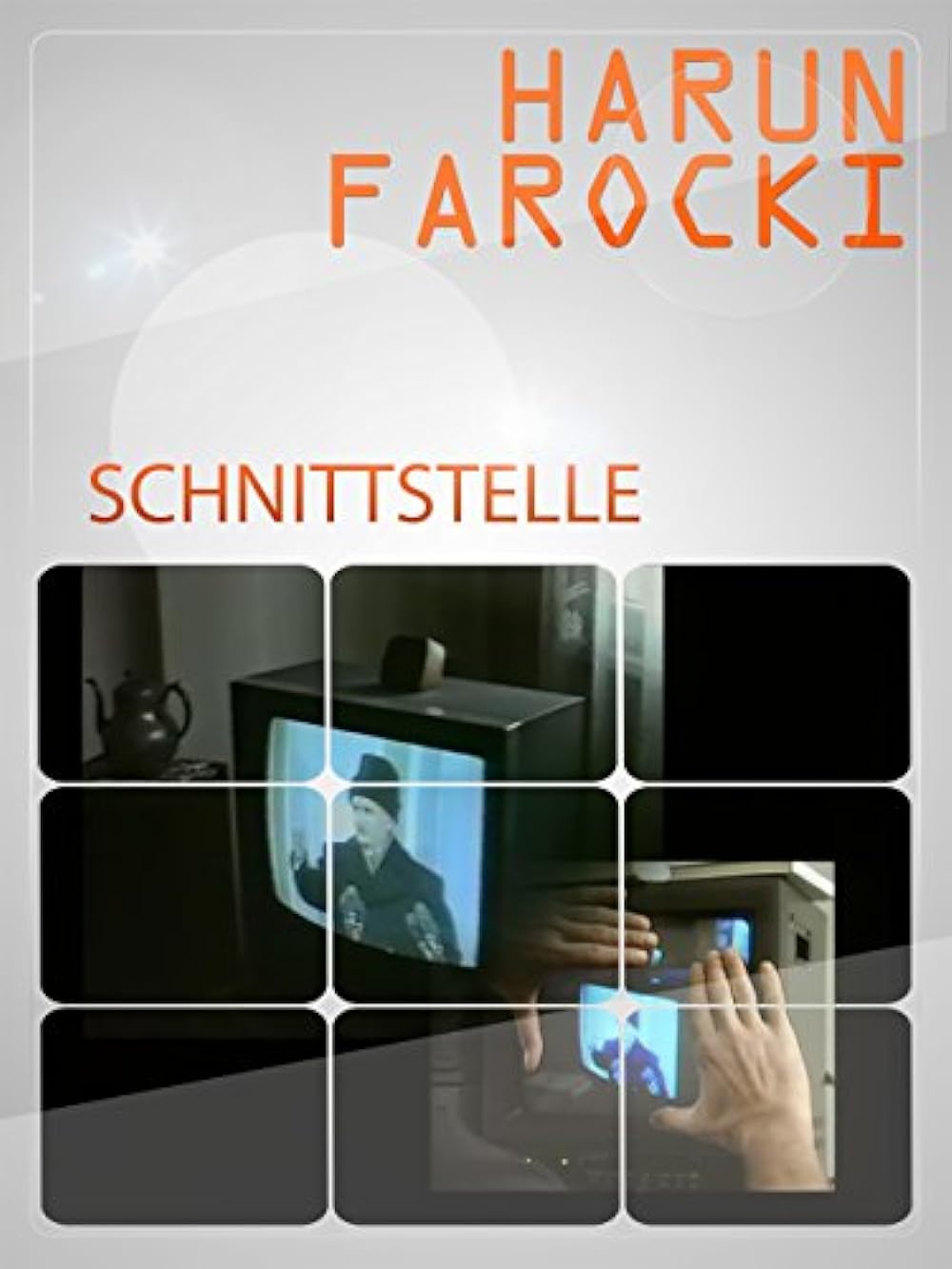
After becoming every student film-club’s favorite meditation on the media and modern warfare in the age of smart bombs and Operation Desert Storm, Images of the World and the Inscription of War quickly advanced to something of a classic: the reference film, the anchoring point for seminars on Paul Virilio, on the essay-film as a hybrid documentary, but politically subversive film genre, on the "limits of representation" after Auschwitz and Schindler’s List, as well as – this needs to be rediscovered after September 11th – the definitive film about terrorism. (Thomas Elsaesser)
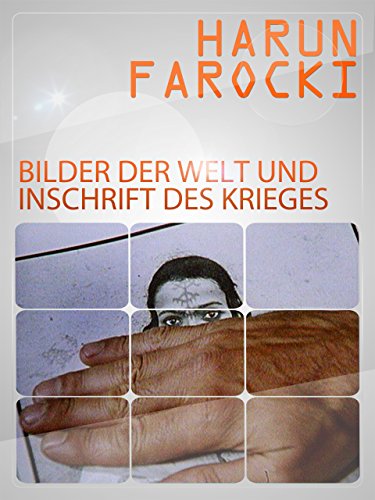
Harun Farocki
Born Harun Faroqhi in 1944 in Neutitschein, Bohemia-Moravia (in today's Czech Republic), to an Indian immigrant father and a German mother, Farocki grew up between India and Indonesia in the post-war period, before his family relocated to Germany in the late 1950s. Influenced by Bertolt Brecht, Theodor Adorno and Jean-Luc Godard, he studied at the German Film and Television Academy in Berlin and began directing his first films in the 1960s. From the outset, he turned to essays, experimental documentaries and installations, constantly questioning the political weight of images. He was also editor of the journal Filmkritik, and taught at the University of California in Berkeley, and at the Academy of Fine Arts in Vienna.
